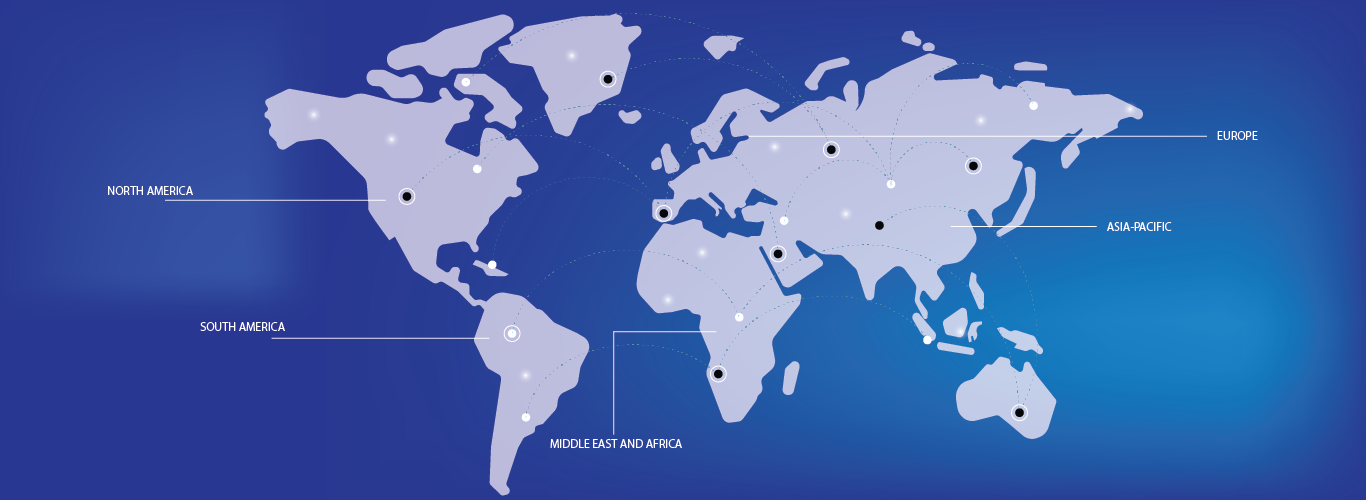The global sugaring hair removal market is experiencing significant growth as consumers increasingly prefer natural and organic alternatives to traditional hair removal methods. The market has seen a rise in demand for products made from simple, natural ingredients such as sugar, lemon, and water, which are seen as safer and less irritating compared to chemical-based options. The increasing number of beauty salons offering professional sugaring services has also contributed to the market’s expansion. In addition, growing consumer awareness about the harmful effects of chemical-based hair removal methods is driving the demand for eco-friendly and skin-friendly alternatives. Market players are focusing on enhancing product offerings, introducing innovative sugaring kits, and providing convenient at-home solutions for consumers. The market is expected to continue expanding, driven by rising disposable incomes, the growing interest in self-care, and the increasing preference for sustainable beauty practices. With a focus on eco-conscious and chemical-free beauty products, the sugaring hair removal market is projected to show a positive growth trajectory in the coming years.




